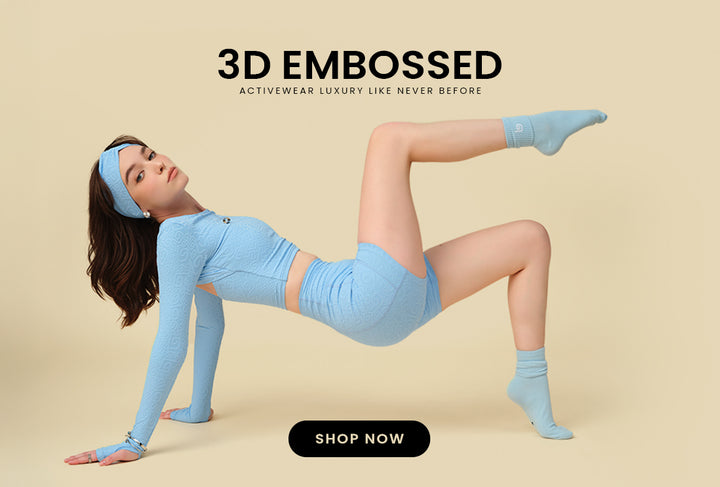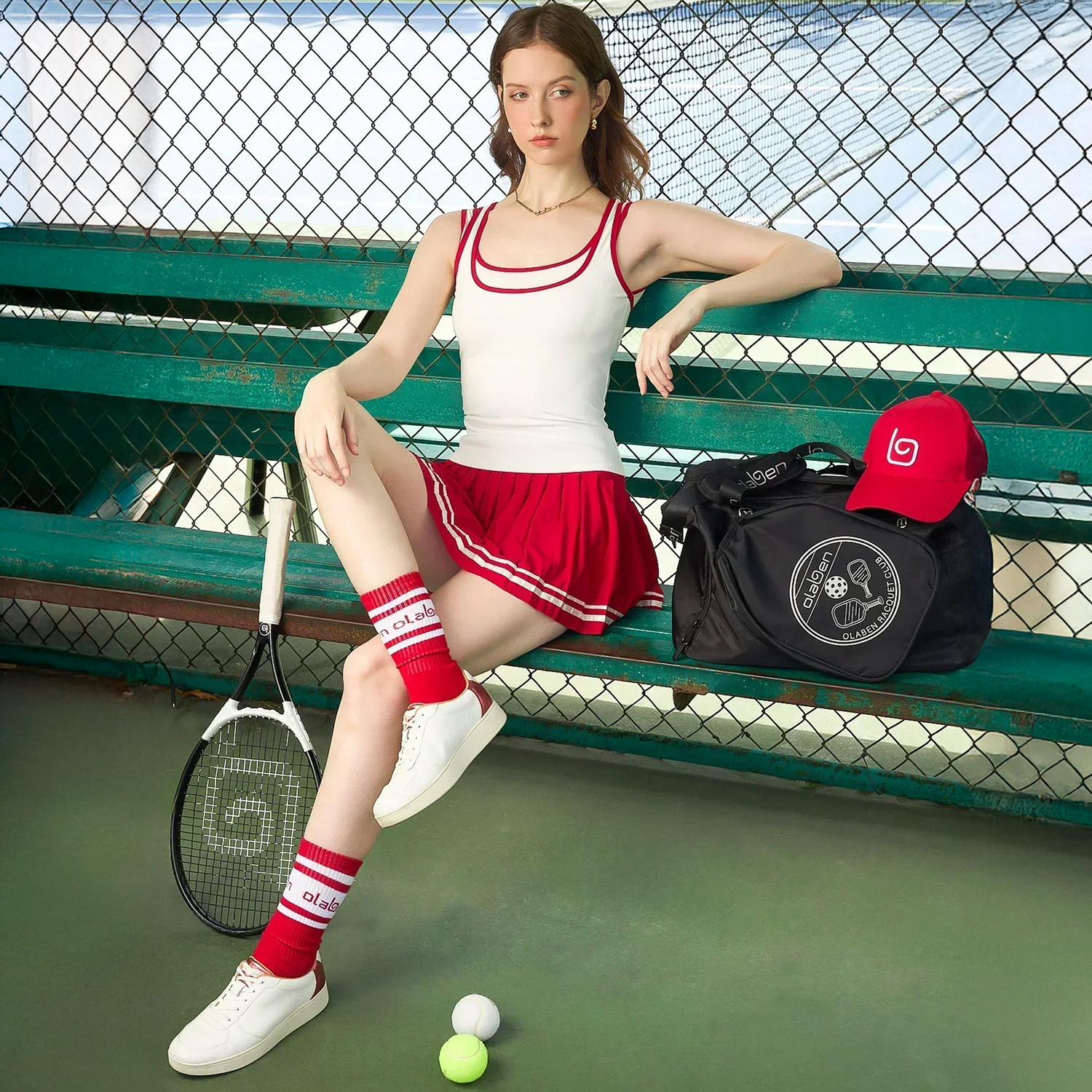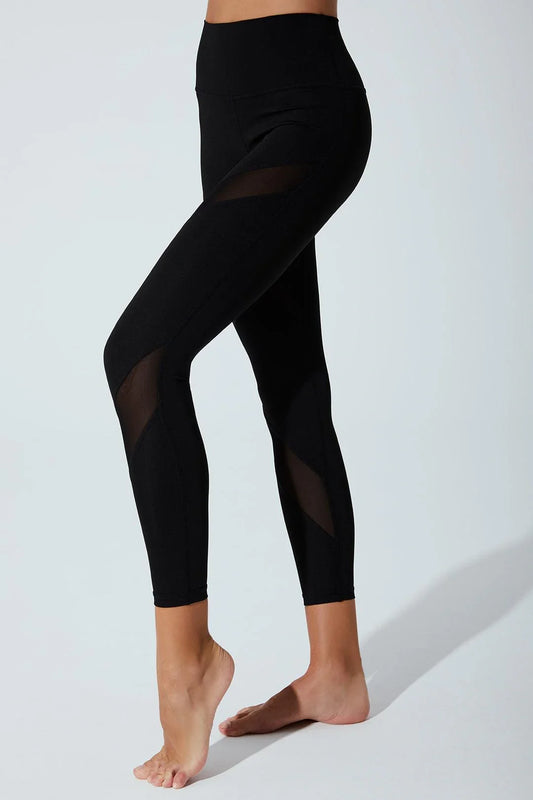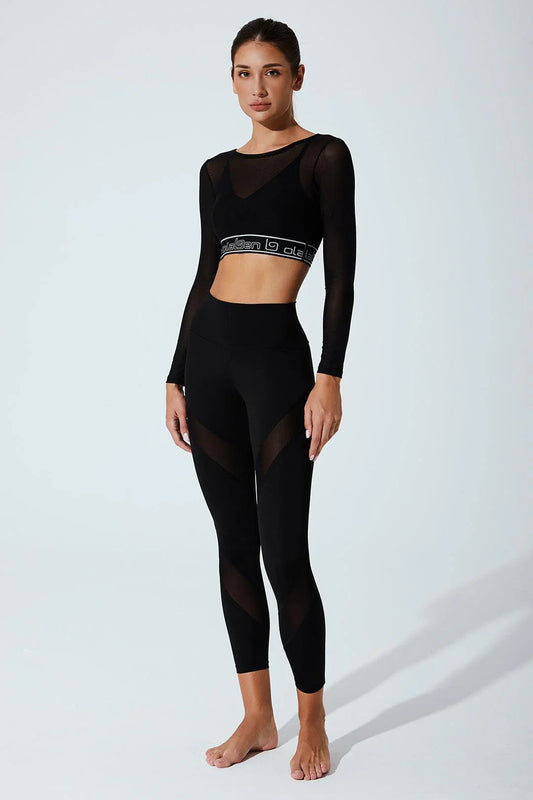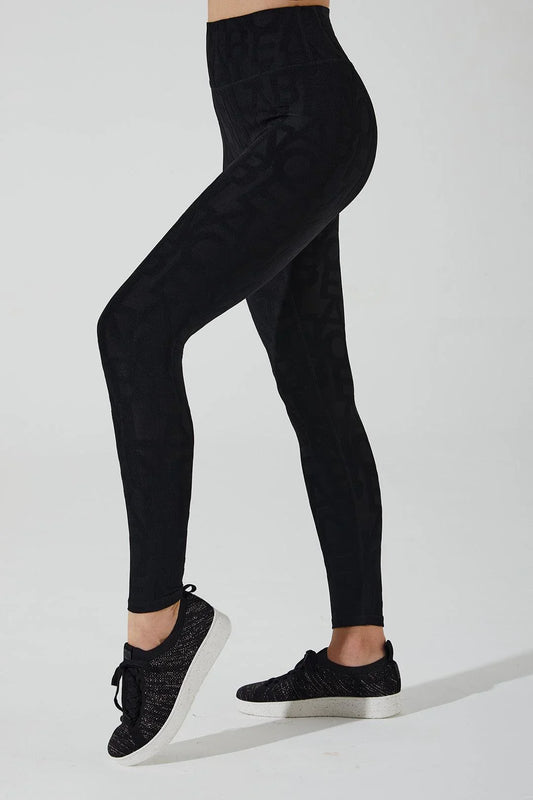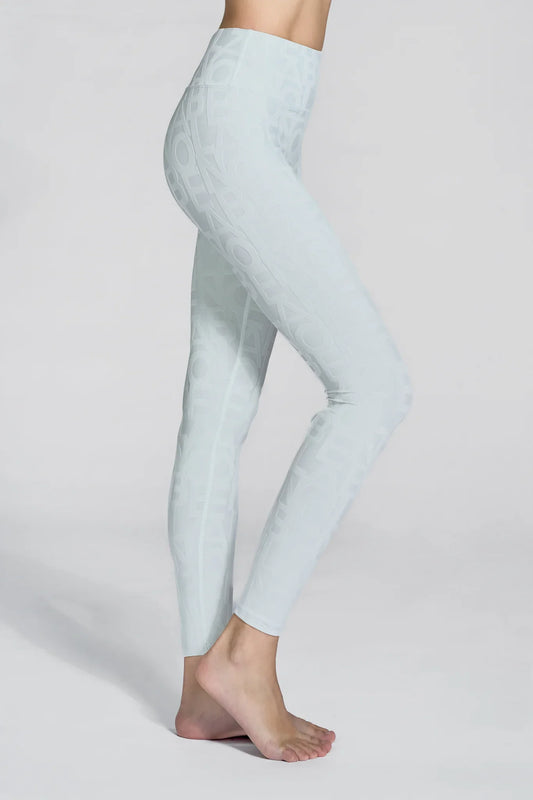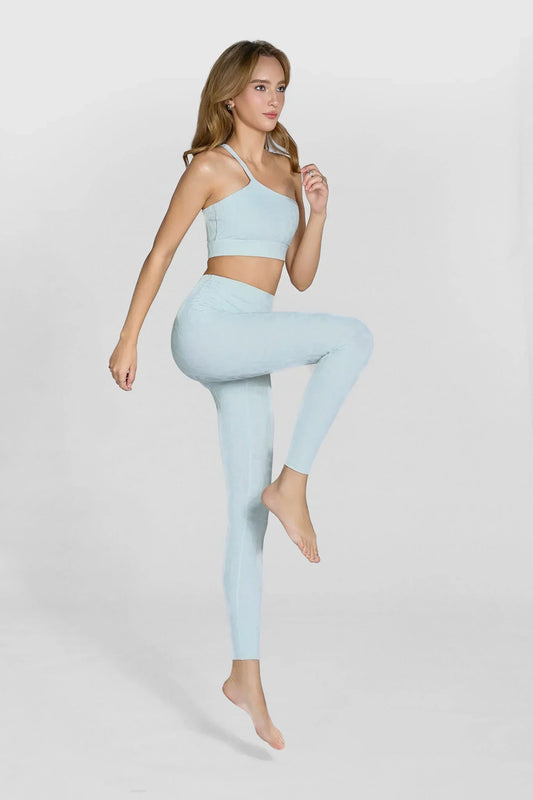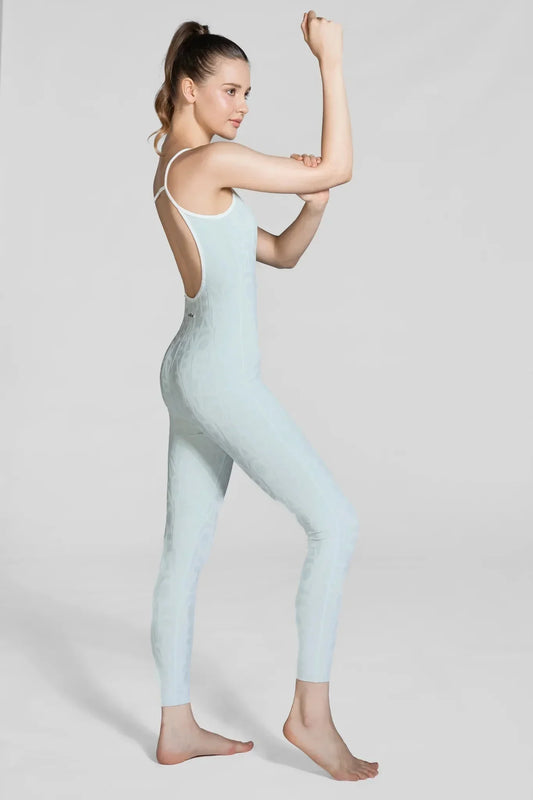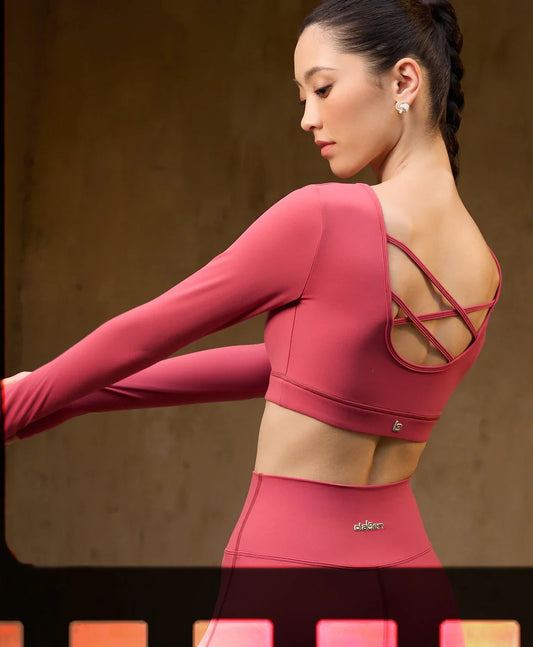If you’re just starting your fitness journey, you’ve probably wondered whether you should commit to Pilates or hit the gym. The good news? There’s no wrong choice. Both offer meaningful benefits for your physical and mental health. Still, each method targets your body differently and delivers unique long-term results.
This guide breaks down the core differences between Pilates and gym training, how they complement each other, and which one will best support your goals.
What is Pilates?
Pilates is a low–to–moderate intensity workout that focuses on:
- Deep core engagement
- Increasing flexibility
- Improving overall stability
- Mastering controlled movement and breathwork
Common equipment includes mats, resistance bands, light dumbbells, foam rollers, and reformers. You can practice Pilates in group classes or through one-on-one sessions.

Benefits of Choosing Pilates
1. Deep, Functional Core Strength
Pilates activates all layers of your core, including the deep stabilizing muscles, helping you sculpt a naturally tight waistline and maintain a strong, healthy spine. This is one of the biggest differences between a "Pilates body" and a "gym-trained body."
2. Better Flexibility & Posture
With its slow, controlled movements and large, intentional ranges of motion, Pilates helps:
- Improve flexibility
- Build muscular endurance
- Correct imbalances like rounded shoulders or anterior pelvic tilt
A 2024 study even found that Pilates improved posture by up to 25% after just 12 weeks.
3. Pain Relief & Recovery Support
- Pilates is well-known for rehabilitation because it helps ease:
- Lower-back pain
- Shoulder and neck tension
- Chronic muscular tightness
It’s safe for beginners, older adults, people with injuries, and postpartum mothers.
What is Gym Training?
Gym training, especially weight training, is typically moderate to high intensity and designed to:
- Build strength
- Increase muscle mass
- Improve physical endurance
Equipment ranges from free weights and machines to cardio tools like treadmills and bikes. Most gym workouts are done independently, sometimes with a spotter for heavier lifts.

Benefits of Choosing Gym Training
1. Fast & Efficient Calorie Burning
If your main goal is weight loss, gym workouts, especially with higher intensity, can give you a strong advantage. You can choose between:
- Heavy weights, low reps
- Light weights, high reps
- Both boost metabolism and increase caloric burn.
2. Visible, Noticeable Muscle Gain
Progressive overload, a core principle in weight training, stimulates significant muscle growth, something Pilates alone cannot fully replicate.
3. Stronger Endurance & Cardio Capacity
Consistent gym training helps you:
- Increase VO₂ max
- Strengthen major muscle groups
- Perform longer at high intensity without fatigue
Pilates vs Gym Body – Key Differences
Pilates and strength training both shape your body, but the results feel very different. Here are the eight biggest differences you’ll notice.
1. Appearance
- Pilates: A lean, toned look with longer lines and balanced proportions.
- Gym: Bigger, more defined muscles with a bulkier frame.
2. Core Strength
- Pilates: Works the deep stabilizing muscles that support posture and balance.
- Gym: Often focuses on the surface abs and can miss the deeper core layers.
3. Muscle Development
- Pilates: Builds functional strength that supports smooth, efficient everyday movement.
- Gym: Builds larger muscles aimed at power and hypertrophy.
4. Flexibility and Mobility
- Pilates: Improves range of motion and keeps joints healthy and mobile.
- Gym: Flexibility can drop if stretching isn’t part of the routine.
5. Posture and Alignment
- Pilates: Helps correct alignment and evens out muscle imbalances.
- Gym: Imbalances can show up if training is repetitive or poorly guided.
6. Injury Risk and Recovery
- Pilates: Low-impact, suitable for rehab and chronic pain.
- Gym: Heavy lifting done improperly increases injury risk.
7. Workout Intensity
- Pilates: Slow, controlled, and mindful.
- Gym: Higher intensity and focused on lifting heavier loads.
8. Mental Benefits
- Pilates: Reduces stress and improves mind-body awareness.
- Gym: Boosts endorphins but can add physical stress.

Comparison Table: Pilates Body vs Gym Body
|
Aspect |
Pilates Body |
Gym Body |
|
Appearance |
Lean, toned |
Muscular, bulkier |
|
Core Strength |
Deep, functional |
Surface-focused |
|
Flexibility |
High |
Variable |
|
Injury Risk |
Low |
Medium to high |
|
Mental Benefits |
High mindfulness |
High endorphins |
Who Should Choose Pilates?
Pilates is perfect for:
- Those wanting a lean, toned, feminine look
- People with back pain, neck tension, or muscle imbalances
- Anyone who enjoys gentler but deep-burn workouts
- Total beginners or those returning after a break
- Expecting or postpartum mothers, and older adults
Who Should Choose Gym Training?
Gym training suits those who want:
- More muscle and strength
- Faster weight loss
- Higher athletic performance
- Intense, high-energy, heavy-lifting sessions
Pilates vs Gym: Can You Do Both?: YES! And It’s Actually the Smartest Way to Train
If you think you have to choose only one: Pilates or gym, prepare to be surprised. Combining the two is not just possible; it’s the most effective way to build a strong, balanced, long-lasting physique.
- Pilates gives you stability, body awareness, and mobility.
- Gym training builds strength, muscle mass, and endurance.
They may seem opposite at first glance, but that contrast is exactly what creates the perfect training combo, giving you a body that’s strong and supple, powerful and graceful, aesthetic and well-aligned.
To maximize the benefits of combining both disciplines, here are a few effective training structures you can follow:

Option 1: 2 Gym Sessions + 2 Pilates Sessions per Week
This schedule is ideal for anyone aiming for a balanced, harmonious physique without feeling bulky or overly tight. Two Pilates days help keep your body “light, open, mobile,” significantly reducing the risk of injury when lifting weights.
Olaben Tip: Use resistance bands to enhance glute, back, and deep core activation during your Pilates sessions, making your transitions to strength training even more effective.
Option 2: 3 Gym Sessions + 1 Pilates Session per Week
This routine suits those who prioritize muscle building and strength but still want to improve mobility, posture, and injury prevention.
Your weekly Pilates session acts as a “body reset day,” helping you:
- Realign posture and fix your lifting form
- Recover more deeply
- Release tightness caused by heavy lifting
- Improve movement control and body awareness
Olaben Tip: A high-grip yoga mat is essential for slow, controlled movements, twists, and planks, especially when you're practicing solo at home.
Option 3: Pilates Before Gym (10–15 Minutes)
This is an incredibly effective combo used by many professional trainers: a short Pilates warm-up before lifting.
The reason is simple: Pilates activates your deep core muscles, the transverse abdominis, pelvic floor, and multifidus, giving your body better stability for squats, deadlifts, and hip-hinge movements.
The slow, controlled nature of Pilates also helps open your joints, increase circulation, and reconnect your breath–body awareness, preparing you for high-intensity work.
With your core “on,” spine stabilized, and hips opened, you’ll immediately notice:
- More stable squat form
- Safer and stronger deadlifts
- Improved power output
- Reduced back pain, rounding, or compensation
Olaben Tip: Bring a yoga block to support hip-opening stretches or mobility work before lifting, especially helpful when you’re tight after several heavy training days.
Option 4: Pilates on Rest Days
This is the perfect choice for anyone training heavily at the gym or working out many days per week. When your muscles are fatigued or overloaded, Pilates helps:
- Stretch deeply yet safely
- Release tightness in the back, shoulders, neck, and hips
- Improve circulation for faster recovery
- Prevent muscles from shortening or hardening due to heavy lifting
- Boost mobility for better performance in upcoming gym sessions
Instead of taking a full passive rest day, which can make your joints stiff and muscles sluggish, a gentle Pilates session is the ideal form of active recovery.
Olaben Tip: This is the best time to use your foam roller, resistance bands, or travel yoga mat for restorative movements at home or outdoors.
Pilates and Gym Are Not Rivals: They Are the Ultimate Duo for a Complete Body
Pilates and gym training don’t compete; they complete each other.
- Gym training gives you power, strength, and muscle definition.
- Pilates brings balance, flexibility, mobility, recovery, and precision.
Together, they give you:
- Strength
- Stability
- Flexibility
- A lean, toned, resilient physique
- A body that moves well, feels good, and looks effortlessly fit.
To maximize the effectiveness of combining both disciplines, choosing the right workout apparel plays a crucial role. Well-fitted activewear that offers good stretch, quick-dry performance, and supportive comfort will help you move smoothly as you transition from slow, controlled Pilates exercises to powerful, high-intensity gym movements. You might consider supportive sports bras for weight training sessions, or leggings that allow you to perform deep stretching, hip-opening, or plank variations with ease during Pilates.
Pilates + Gym is not just a workout schedule, it’s a smart strategy for building a balanced, strong, and sustainably beautiful body. When you train mindfully, recover properly, and choose our Olaben products that supports every movement, your body will show noticeable progress and radiate confidence in every session.
